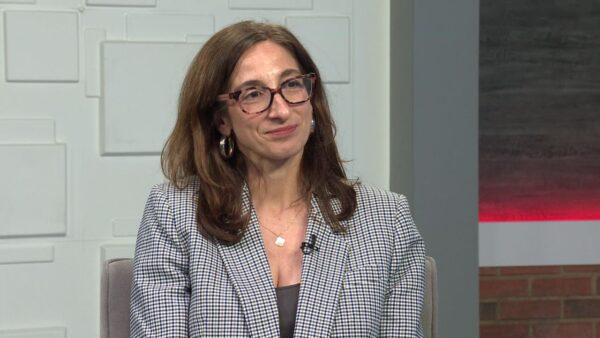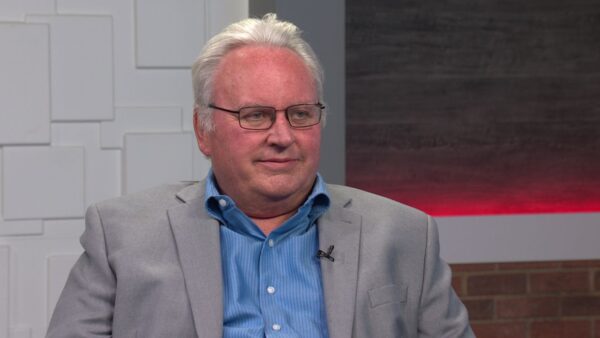Breakthrough diagnostic tool helping detect serious illnesses
Sept. 3
Researchers at Arizona State University have developed a breakthrough diagnostic tool that could transform how quickly and reliably we detect illnesses like COVID-19, Ebola, AIDS or Lyme disease.
The test uses just a single drop of blood, costs a couple of dollars, and delivers results in only 15 minutes. The new diagnostic device, called NasRED (Nanoparticle-Supported Rapid Electronic Detection), is simple and portable enough to be used almost anywhere — from remote rural clinics to busy urban hospitals.
“That’s my motivation. We want to make this accessible,” Wang said. “This needs to be portable, needs to be rapid and needs to be low cost.”
The tool provides lab-quality accuracy without expensive equipment and does not require specialized training, giving it the potential to become a public health game changer.
Chao Wang, Associate Professor at the ASU Biodesign Center for Molecular Design and Biomimetics, joined “Arizona Horizon” to discuss more about this breakthrough device.
The breakthrough dates back to during the COVID-19 when Wang told his students it was “our time to shine,” and come up with a solution to help people to detect the disease. While they could not generate a final product during the pandemic, the diagnostic device could now become a tool for hospitals.
According to Wang, there are still about three years worth of work that needs to be done before this device can become a reality for hospitals and clinics, but the initial design of the tool has been created.
“We have one tube of the sample… and then we have another tube of the human sample,” Wang said. “What happens is the nanoparticles, they carry small molecules on the surface… so each of the nanoparticles carry hundreds of these molecules, trying to grab the protein.”
When the molecules grab a protein, a signal is sent detecting which disease the patient has. Once the device is fully developed, the idea is that the detection will show up on a screen, easily showing physicians what was detected.






















